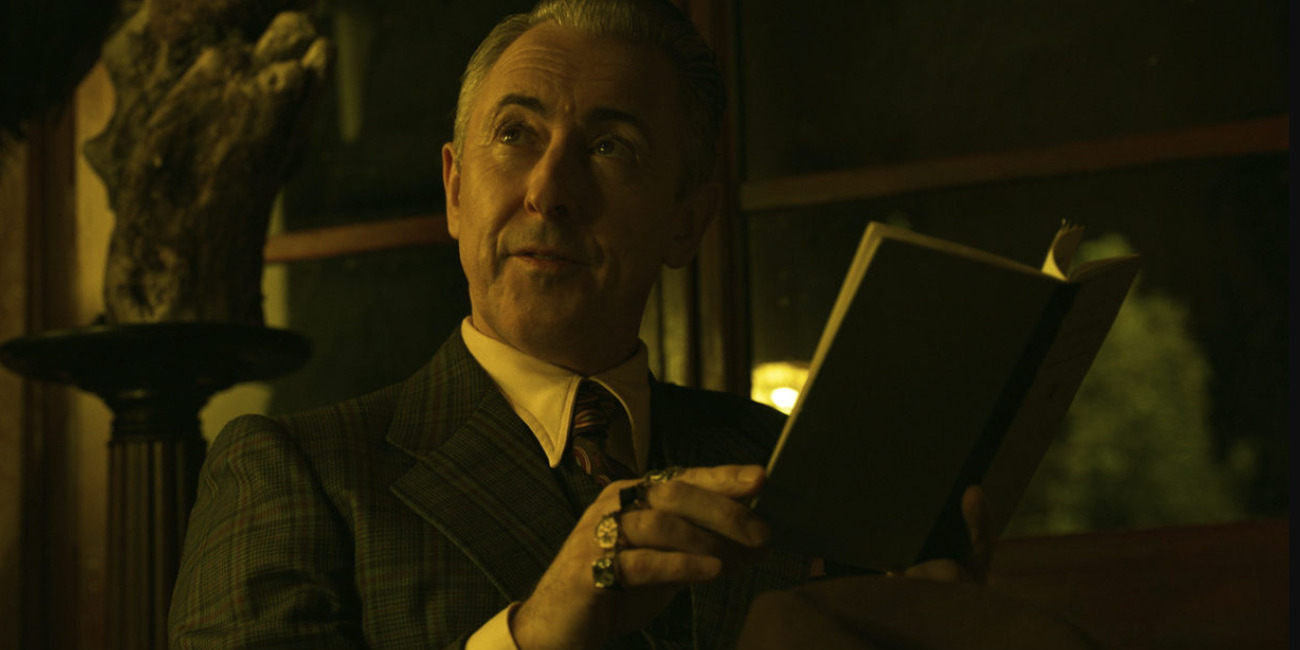Philip Marlowe’s investigative adventures in Neil Jordan’s noir detective film, ‘Marlowe,’ take Liam Neeson’s titular character on a trip around town where he encounters several unsavory characters. Clare Cavendish, a blonde femme fatale-esque personality, enters Marlowe’s Private Eye office and presents him with the missing person case of Nico Peterson, her secret lover. However, once the hardboiled detective delves into the case, the revelation of Peterson’s death, backed by a drug ring conspiracy, invites Marlowe into a world of danger and deceit.
Marlowe’s misadventures on the path to solving Peterson’s peculiar case bring him to the Corbata club that serves society’s elite, who require some privacy, such as to-be Ambassador Philip O’Reilly and drug lord Lou Hendricks. Therefore, given the film’s period setting in the 30s and the story’s criminal albeit fictional roots, viewers are bound to wonder about the exclusive establishment’s roots in reality.
Corbata Club Is a Fictional Establishement
Much like the patrons who frequent the business, The Corbata club, owned by Floyd Hanson, is also a fictitious element within ‘Marlowe.’ The club, which serves as the devious center within Bay City, ripe with drug dealers and high-society members seeking to keep their secrets, remains a genre convention equipped within the narrative. The club, revealed to be a space for decadence and indulgence, adds a sense of immorality, heightening the antagonists’ disreputability.

Thus, the narrative gains a center for criminality alongside a tool to distinguish Marlowe and his virtue from other characters, such as Hendricks. Furthermore, it allows room for ambiguity and secrets within Marlowe’s world for the more criminal storylines— revolving around drug deals and gang complications— to play out.
In fact, the club proves to be an instrumental clue in Peterson’s mystifying case, rendering the location as a valuable narrative tool. While such places are a staple within most media exploring the underground criminal world within prominent cities, such establishments actually exist in the real world as well.
The Ravenite Social Club, founded in the 1920s when it went by the name of Alto Knights Social Club, remains one of the most prominent examples of such exclusive clubs. In the past, the establishment used to be a mob hangout known to house the likes of infamous gangster Charlie Luciano and, years later, the Gambino crime family. Even though the location has since turned into a retail store, its history remains.
While the Corbata doesn’t in any way replicate The Ravenite Social Club’s reality, the latter’s existence puts the fictional club’s existence in context. As such, The Corbata effectively becomes a plot tool that simultaneously ages the narrative within its period setting. Nevertheless, the club retains no connections to any real-life clubs. Therefore, the Corbata Club remains a work of fiction fabricated by screenwriter William Monahan in service of the plot under Jordan’s direction.
Read More: Cyrus Nowrasteh’s ‘Sarah’s Oil’ Plot Details, Revealed


